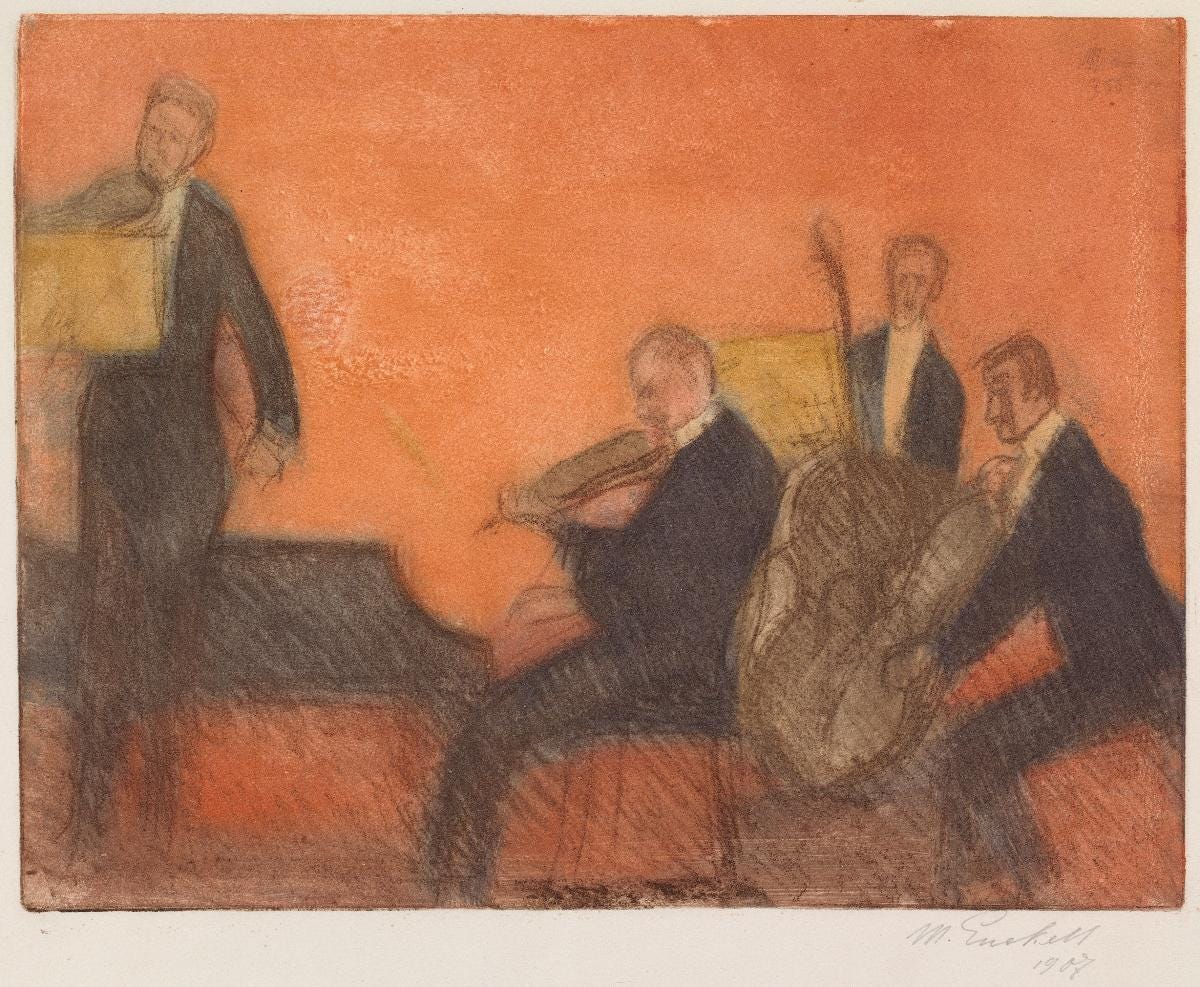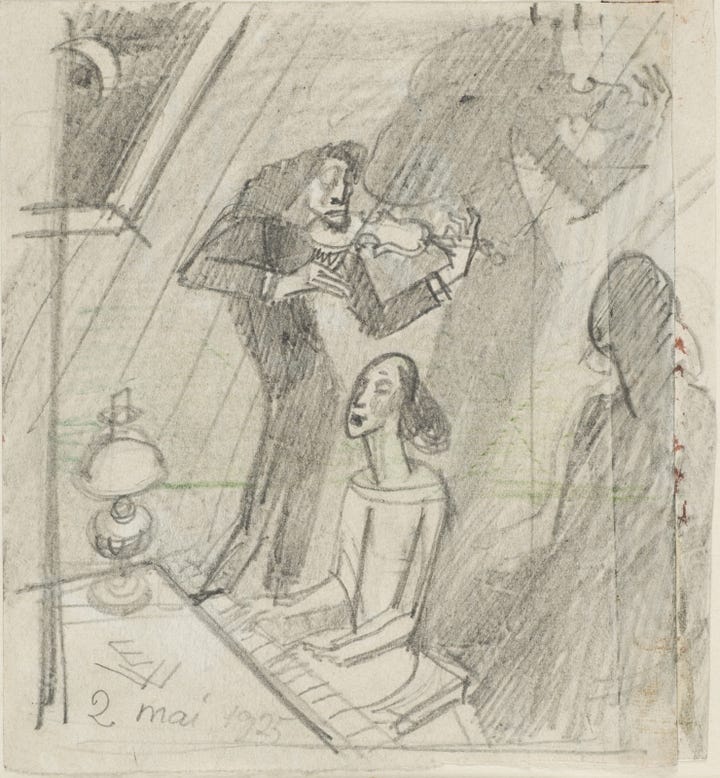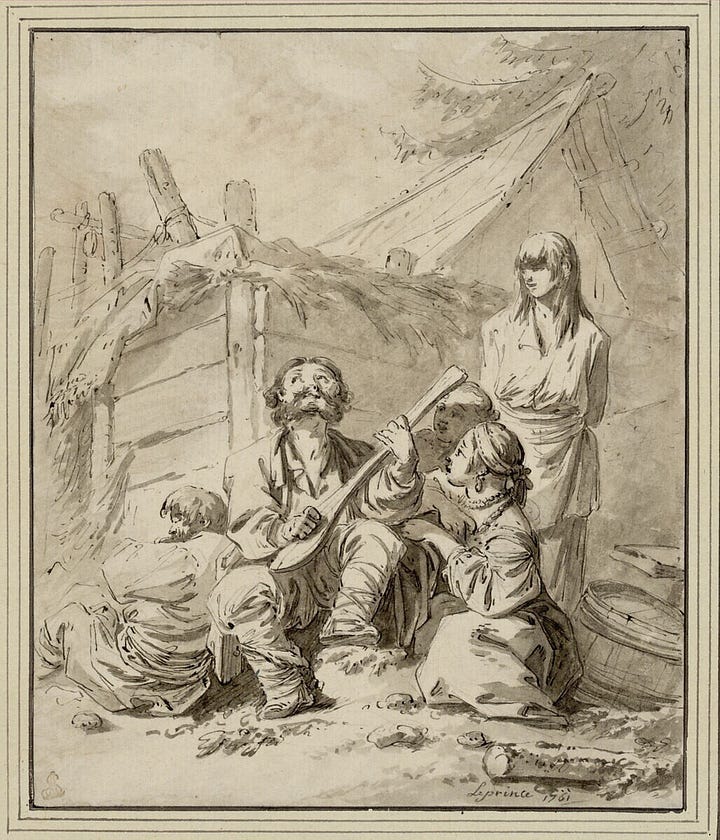Spotify’s New Royalty Rules Shift $47 Million From Indie Artists to Major Label Stars
Under Spotify’s new royalty model, only 13% of music is deemed economically worthy

Originally published on Medium.
Did you hear about Spotify’s new policy that decides which artists deserve to be paid?
In late 2023, Spotify implemented a rule¹ that separated artists into two categories: those whose tracks generate at least 1,000 streams annually and receive royalties, and those who don’t.
While they frame this as ‘better supporting those most dependent on streaming revenues,’ they’ve essentially created a threshold below which 87% of tracks on their platform are deemed unworthy of compensation².
When Spotify speaks of supporting ‘emerging and professional artists,’ they’re drawing an invisible line. Their policy suggests a subtle but significant distinction: music that doesn’t reach 1,000 annual streams simply doesn’t merit compensation.
This market-based valuation system determines which creative work has economic worth — while conveniently overlooking how their own playlist algorithms influence which artists have the opportunity to cross that threshold in the first place.

The Analysis
Tony van Veen, CEO of DIY Media Group, published an OpEd in Hypebot, a music-tech blog, breaking down what Spotify’s 1,000-stream threshold means for independent artists. Using publicly available data and conservative estimates, he calculates that nearly $47 million in royalties were withheld from tracks that fell below the threshold.²
According to van Veen’s breakdown, over 175 million tracks on Spotify failed to meet the 1,000-stream cutoff in 2024. Collectively, those tracks still generated 14.2 billion streams. Using Spotify’s average royalty rate of $0.0033 per stream, van Veen estimates that $46.87 million in royalties were generated but not paid out. These earnings would have gone to artists or their labels but were withheld under the new policy.

That money didn’t just disappear, or go into Spotify’s general operating account, it was redistributed into the total pool of royalty funds and paid out on a pro rata basis to the remaining tracks that crossed the 1,000-stream threshold.
Under this system, Spotify takes the total revenue and divides it proportionally based on share of total streams. So if a track accounts for 1 percent of all eligible streams, it receives 1 percent of the royalty pool. Spotify’s updated model pooled the revenue from tracks below the threshold and reallocated it to recordings that surpassed 1,000 streams. In practice, this shifted tens of millions of dollars from lower-streaming tracks to the most played ones on the platform.
To put this another way — independent artists, the very ‘emerging and professional’ artists Spotify claims to support, are having their labor appropriated by a private platform that dominates the means through which music is distributed. Their share of the royalty pool is withheld and redistributed to subsidize the revenues of the most-streamed artists in the industry: Taylor Swift (Republic Records, Universal Music Group), Drake (OVO Sound/Republic Records, UMG), Benson Boone (Night Street Records/Warner Records), Sabrina Carpenter (Island Records, UMG), and Billie Eilish (Interscope Records, UMG). These are the beneficiaries of a system that treats stream volume as the sole marker of value.
I guess this is one efficient and effective way to keep the biggest beneficiaries from talking smack to the hand that feeds them.
Spotify’s Response
Now Spotify has replied to this post by van Veen (full statement in linked citation), and what’s remarkable is that their response supports van Veen’s argument simply by how they choose to frame it.
Rather than disputing van Veen’s $47 million estimate (remarkably they actually suggest it’s more), Spotify offers a reframing. They note that tracks with fewer than 1,000 streams represent just 0.5% of total streams, and emphasize that these tracks earn ‘only $0.02 per month on average.’ But this figure confirms the core point: that these streams did, in fact, generate royalties, and that those royalties have now been removed from the payout system.
Spotify acknowledges the redirection of funds, calling the amount ‘material,’ suggesting that reallocating it is a more ‘impactful’ use of resources. According to Spotify’s own math, 0.5% of a $10 billion royalty pool, this adds up to $50 million. As one commenter on the article put it: ‘Well done on the estimation, Tony.’ As Spotify actually suggests the $47 million estimate is less than the actual amount by $3 million dollars.
Spotify’s secondary argument, that most of these micropayments wouldn’t have reached artists anyway due to distributor withdrawal minimums, also falls apart under scrutiny. Most artists don’t release a single track. They release albums, EPs, singles, and back catalogs that add up across their accounts. Distributors pay out based on total account earnings, not on a per-track basis. Before this policy, many independent artists could at least cover the annual cost of distribution and now, that margin is gone.

But What About AI Slop
But aren’t some of these tracks AI-generated slop? Yup, I bet they are.
Spotify hasn’t released any figures on how many tracks uploaded to its platform are generated by AI. But this week, Deezer reported that it is receiving over 20,000 fully AI-generated tracks every day, which now accounts for roughly 18% of all uploads³. That’s nearly one in five tracks, and the number is growing. Unlike Spotify (who has not made any public statements on such a tool), Deezer has implemented an AI detection tool to identify and remove fully AI-generated content from algorithmic recommendations — a move it frames as a commitment to protecting artists’ rights and maintaining transparency for listeners.
Chief Innovation Officer at Deezer Aurelien Herault said that ‘AI generated content continues to flood streaming platforms like Deezer, and we see no sign of it slowing down.’
If you’re a musician, a songwriter, a band, or even just a music lover, how are you supposed to navigate a world where dominant platforms like Spotify claim the authority to define who counts as an emerging artist, while venture capital–backed AI companies flood those same platforms with an unimaginable volume of content? This very content overwhelms the spaces where you’re expected to place your work, and where listeners are expected to discover it. How can that possibly function?
I argue that it doesn’t. Not for you. The only viable response to this escalating nightmare is to exit the online streaming ecosystem entirely.
The future of music is offline.
The future of content is on Spotify.
Don’t believe me? Why not listen to the CEO and founder of Spotify tell it himself:
Want to help shape what’s next? Fill out this very short survey. And if you want to be notified when the next stage is ready, you can also sign up for updates.
CITATIONS
¹ Spotify. (2023, November 20). Modernizing our royalty system to drive an additional $1 billion toward emerging and professional artists. Spotify for Artists. https://artists.spotify.com/en/blog/modernizing-our-royalty-system
² van Veen, T. (2025, April 17). Did the Spotify 1000 stream rule cost indie artists $47 million? + Spotify responds. Hypebot. https://www.hypebot.com/hypebot/2025/04/did-the-spotify-1000-stream-rule-cost-indie-artists-47-million-spotify-responds.html
³ King, A. (2025, April 16). Deezer says 20,000 AI-generated songs are uploaded onto its platform daily — roughly 18% of all tracks. Digital Music News. https://www.digitalmusicnews.com/2025/04/16/deezer-ai-generated-songs-stats/




